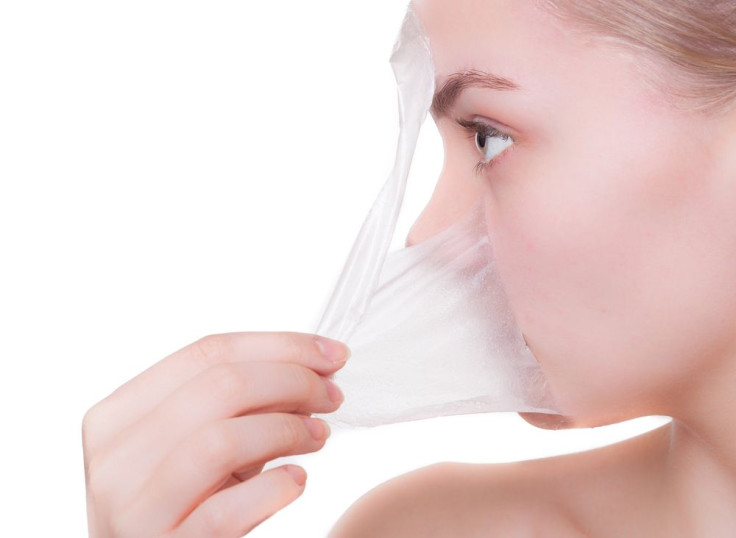Body Creates Pounds Of Skin Every Year, Among Gallons Of Other Things

The body is a machine, functioning with great efficiency and predictability in our day-to-day lives so seamlessly that we usually don’t give it much thought. But have you ever wondered just how many tears you shed month after month?
Did you know you produce 96 gallons of saliva every year? That’s equivalent to 1,024 bottles of beer. Did you know you shed 8.8 lbs. of skin in the same amount of time? That’s about the average weight of a housecat.
In addition to saliva and skin, BuzzFeed created a video for YouTube that breaks down the amount of six other types of stuff the body produces within one year. The quantity of hair, skin, and saliva the body produces throughout its one-year lifetime may be surprising for many, especially because hair growth and salivating are mindless and involuntary functions.
The Body Produces The Following Quantities In One Year:
- Hair: 6 in.
- Nails: 1.5 in.
- Skin: 8.8 lbs.
- Tears: 22 gal.
- Sweat: 60 gal.
- Saliva: 96 gal.
- Urine: 133 gal.
- Poop: 360 lbs.
Individual cells have a finite lifespan, which means when they die the body replaces their absence with new cells. With 50 to 75 trillion cells in every body, a constant cycle of death and renewal are taking place throughout your hair, nails, and skin.
Waste materials, such as urine and feces are a result of burning the food and drink we filter through our bodies. If the body didn’t remove waste products, we’d become poisoned by all the metabolic toxins, which would cause the kidneys and other organs to stop functioning and ultimately die.
Toxins also leave the body by means of sweating. Some toxins and waste products are diffused out through the sweat glands. Sweating is a natural and necessary bodily function used to cool off the body and get rid of excess heat from working muscles and warm temperatures. The body has over four million sweat glands found everywhere on the body except the lips.
What happens to cells once the body dies?
At death, the heart stops beating and the body’s cells and tissues stop receiving oxygen. Brain cells are the first to die within three to seven minutes. Bone and skin cells survive for a few days before they’re starved out, followed by blood, which begins draining from capillaries and polling into the lower-lying portions of the body until full decomposition.
About three hours after death, rigor mortis sets in, which is the stiffening of muscles. Although the body is considered medically deceased, the hair and nail follicles continue to cyclically grow and shed until complete decomposition takes place. Different cells die at different rates, and so long as the body produces glucose and is supplied with oxygen, the nails and hair will continue to grow. Once the supply stops, the body will expel the last amount of hair and nails from its follicles and the base of the nail called the germinal matrix.



























